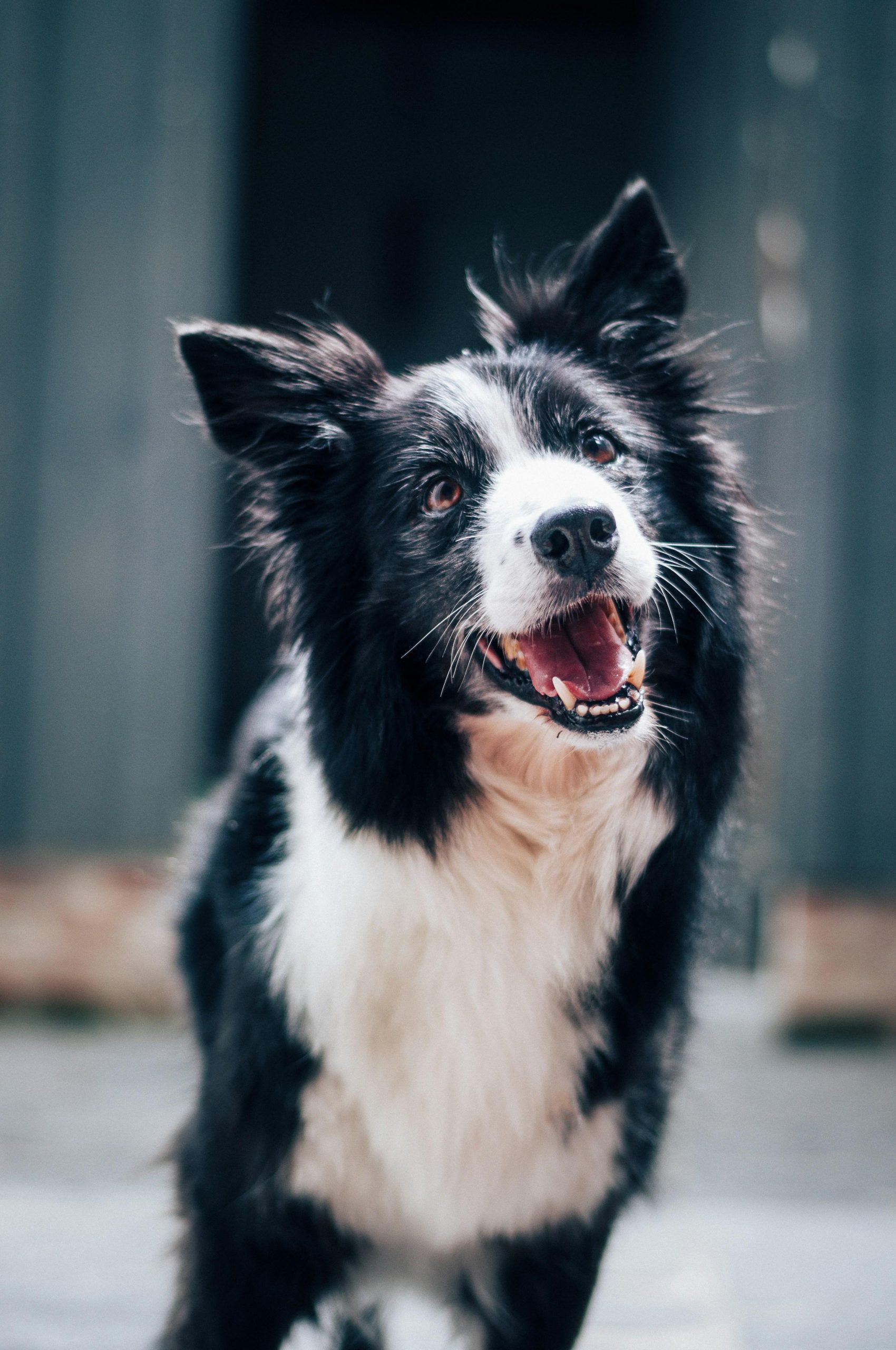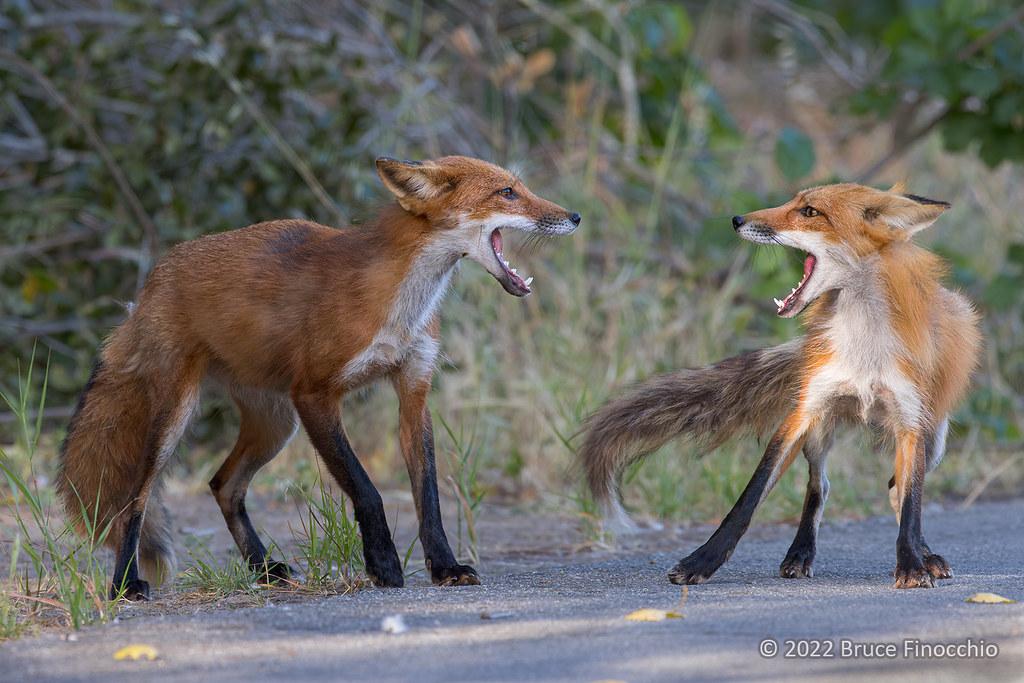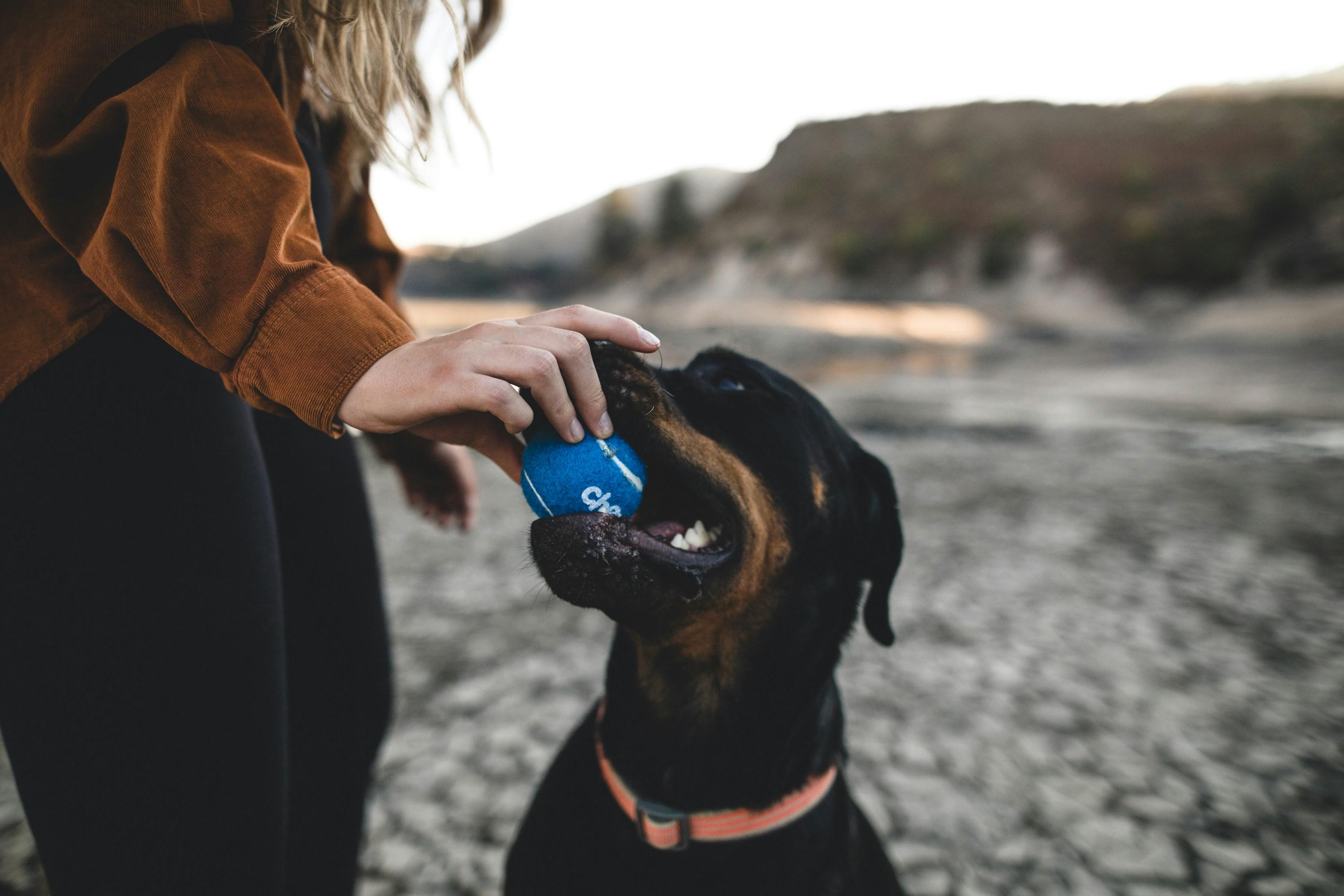How to reduce anxiety in dogs during new pet introductions

Introducing a new pet into your home can be an exciting yet daunting experience, not just for you, but especially for your furry companions. Dogs, with their acute sensitivity to changes in their environment, often experience anxiety when faced with the unfamiliar presence of a new animal. This can manifest in various ways, from excessive barking and pacing to more subtle signs of distress. Understanding how to ease this transition is crucial for fostering a harmonious relationship between your pets. In this article, we delve into effective strategies to alleviate anxiety in dogs during new pet introductions, ensuring a smooth and stress-free integration for all members of your household. Join us as we explore the art of creating a peaceful and welcoming environment that respects the emotional needs of your canine friends.
Creating a Calm Environment for Stress-Free First Meetings
When introducing your dog to a new pet, it’s essential to craft an atmosphere that minimizes stress and promotes tranquility. Start by choosing a neutral space, such as a quiet park or a friend’s garden, where neither animal feels territorial. This setting allows them to meet on equal ground, reducing potential anxiety triggers.
- Control the environment: Ensure the area is free from loud noises or sudden distractions. Soft, calming background music can help mask any unexpected sounds.
- Use familiar scents: Before the introduction, exchange bedding or toys between the animals so they become accustomed to each other’s scent.
- Mindful body language: Keep your posture relaxed and your voice calm, as dogs often mirror their owner’s emotions.
- Short, positive interactions: Allow brief, supervised meetings at first, gradually increasing the duration as both pets become more comfortable.
By taking these steps, you can help ensure that your dog’s first meeting with a new pet is a peaceful and positive experience.

Understanding Canine Body Language to Ease Anxiety
Recognizing and interpreting canine body language is crucial in alleviating your dog’s anxiety during introductions to new pets. Dogs communicate their feelings primarily through their bodies, and understanding these signals can help you address their concerns before they escalate. Look for subtle signs of stress such as yawning, lip licking, or a tucked tail. These can indicate discomfort or anxiety. On the other hand, a relaxed posture, with a wagging tail and ears in a natural position, usually signifies a calm and happy dog.
When introducing a new pet, pay attention to your dog’s body language and adjust your approach accordingly. Here are some cues to watch for:
- Stiff body posture: This can indicate tension or unease. Allow your dog space and time to observe the new pet from a distance.
- Avoidance behaviors: Turning away or moving to another room can show that your dog needs a break. Give them time to adjust at their own pace.
- Play bow: If your dog bows with their front legs stretched out, they might be inviting play, signaling a positive reaction to the newcomer.
By understanding these signals, you can tailor your approach to ensure a smoother and more comforting introduction for your furry friend.

Gradual Introductions: The Art of Taking It Slow
When introducing a new pet to your home, it’s essential to embrace the philosophy of taking it slow. This approach not only helps in reducing anxiety in dogs but also fosters a harmonious environment for both the new and existing pets. Patience is your best ally here, allowing your furry friends to adjust at their own pace. Start by providing each pet with their own space, ensuring they feel secure and unthreatened. Use barriers like baby gates to create a controlled environment where they can see and sniff each other without direct contact.
- Use scent swapping: Exchange bedding or toys between the pets so they can become familiar with each other’s scent.
- Supervised meetings: Gradually introduce them in neutral territory, under supervision, and keep initial interactions short.
- Positive reinforcement: Reward calm behavior with treats and praise, creating a positive association with the new arrival.
Through gradual introductions, you nurture a sense of trust and security, paving the way for a peaceful coexistence. Remember, the key is to observe and adapt to each pet’s comfort level, ensuring the transition is as stress-free as possible.

Utilizing Positive Reinforcement to Build Trust and Comfort
When introducing a new pet to your dog, employing positive reinforcement can be a game-changer in easing their anxiety. By rewarding calm and friendly behavior, you can create an atmosphere of trust and comfort. Positive reinforcement involves offering treats, affection, or praise to your dog when they exhibit desired behaviors during interactions with the new pet. This approach encourages them to associate the newcomer with positive experiences, reducing feelings of stress or threat.
- Offer treats: Keep a stash of your dog’s favorite treats handy to reward calm behavior.
- Praise and pet: Use soothing words and gentle strokes to reinforce positive interactions.
- Use toys: Distract and engage both pets with interactive toys to build a playful connection.
By consistently applying these techniques, you create a supportive environment that allows your dog to feel secure and open to new relationships. This method not only alleviates anxiety but also fosters a harmonious household where both pets can thrive together.



